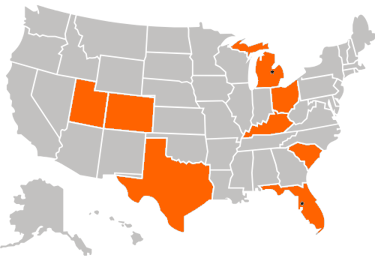Honoring the Fallen: The Significance of Memorial Day
Memorial Day, observed on the last Monday of May, is a solemn occasion dedicated to honoring the brave men and women who made the ultimate sacrifice while serving in the United States Armed Forces. This day is more than a long weekend or the unofficial start of summer; it’s a time to reflect on the cost of freedom and express gratitude for those who gave their lives for our nation.


Why We Celebrate Memorial Day
Memorial Day serves as a national moment of remembrance for the fallen. It’s a day to pause and acknowledge the sacrifices of service members who died defending the values of liberty, democracy, and security. Unlike Veterans Day, which honors all who have served, Memorial Day specifically commemorates those who never returned home. It’s a time for Americans to come together—whether through ceremonies, moments of silence, or personal reflection—to ensure these sacrifices are never forgotten.
The day also fosters a sense of unity and patriotism. Communities across the country hold parades, memorial services, and flag-raising ceremonies, while families visit cemeteries to place flowers or flags on graves. These acts of remembrance keep the stories of the fallen alive and remind us of the profound debt we owe to those who ensured our freedoms.
The Historical Significance of Memorial Day
Memorial Day’s origins trace back to the aftermath of the Civil War, a conflict that claimed more American lives than any other, with over 620,000 deaths. In 1868, General John A. Logan, leader of the Grand Army of the Republic, a Union veterans’ organization, declared May 30 as “Decoration Day” to honor the war’s fallen by decorating their graves with flowers. The date was chosen because it wasn’t tied to any specific battle, allowing it to encompass all who perished.
Initially focused on Civil War casualties, Decoration Day expanded over time to include those lost in subsequent wars, including World War I, World War II, Korea, Vietnam, and modern conflicts in Iraq and Afghanistan. In 1971, the Uniform Monday Holiday Act officially moved Memorial Day to the last Monday in May, creating a three-day weekend to encourage national observance.
One poignant tradition tied to Memorial Day is the placing of flags on graves at Arlington National Cemetery, where over 400,000 service members and their families are interred. Another is the National Moment of Remembrance, established in 2000, which calls for Americans to pause for one minute at 3:00 p.m. local time to honor the fallen.
A Day to Reflect and Honor
As we enjoy Memorial Day weekend, let’s take time to reflect on its true meaning. Attend a local ceremony, visit a veterans’ cemetery, or simply share a story of a fallen hero. These small acts ensure that the sacrifices of our service members endure in our collective memory. Let’s honor them not just today, but every day, by living in a way that upholds the freedoms they died for.




